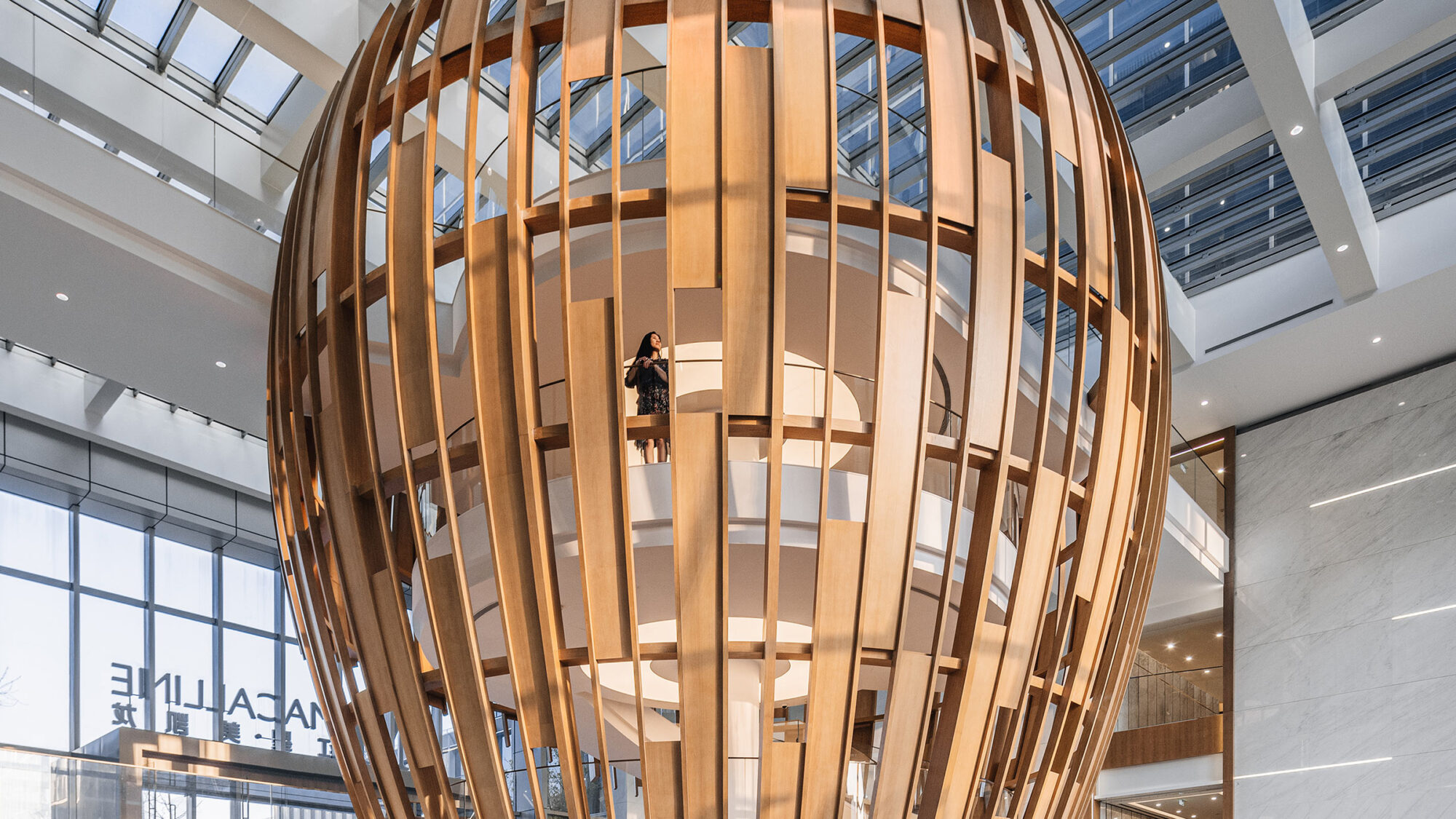

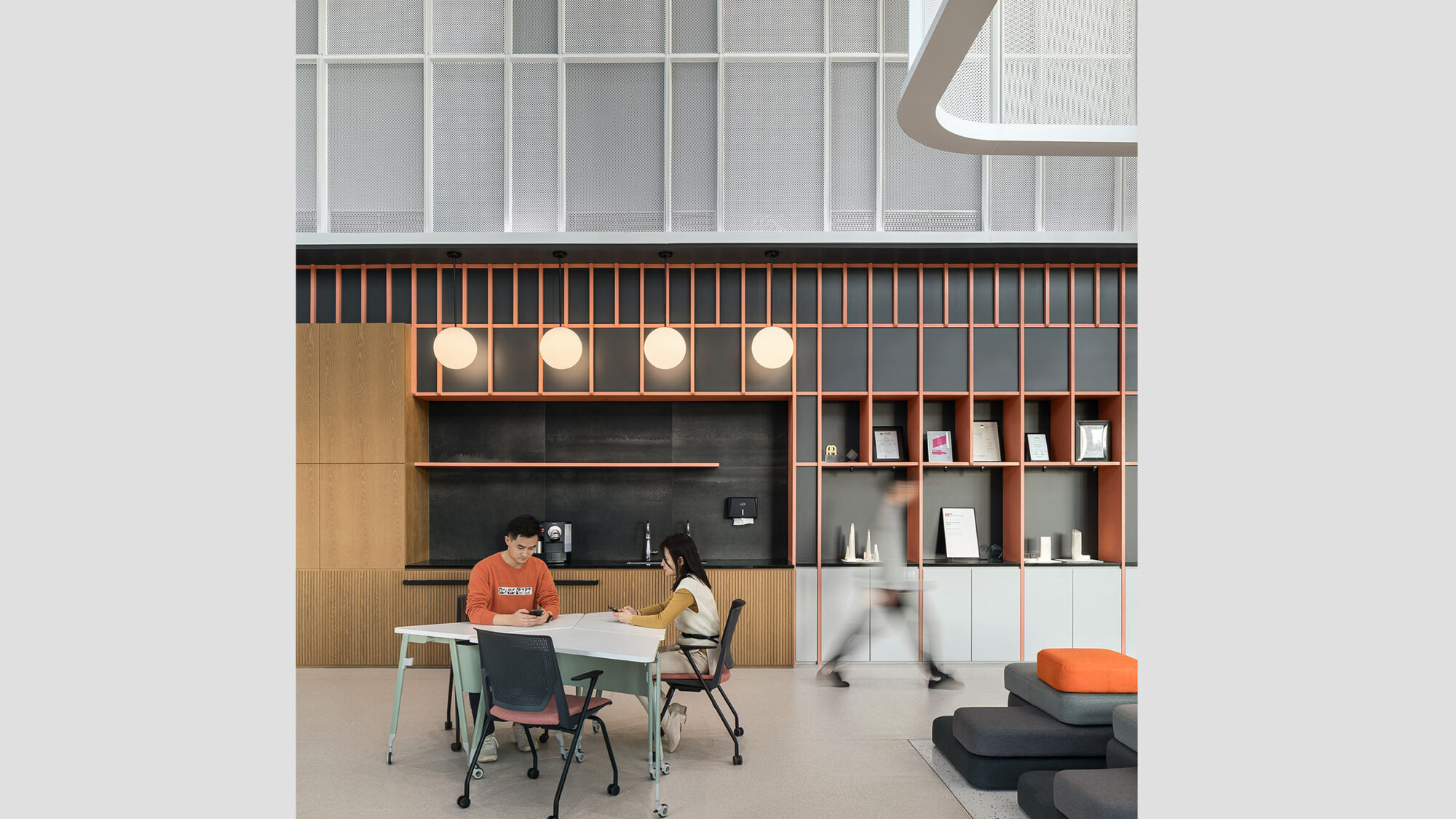
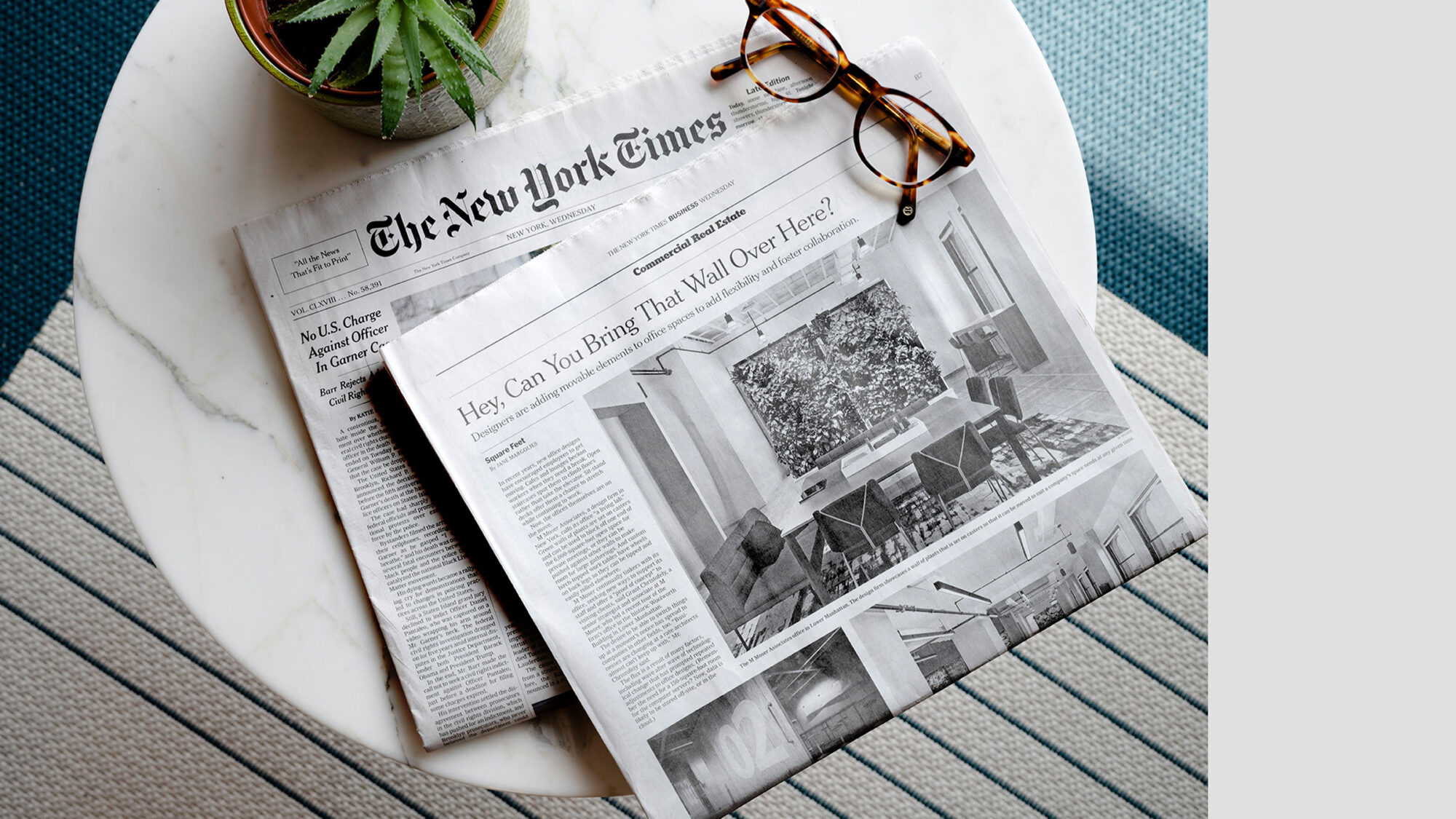
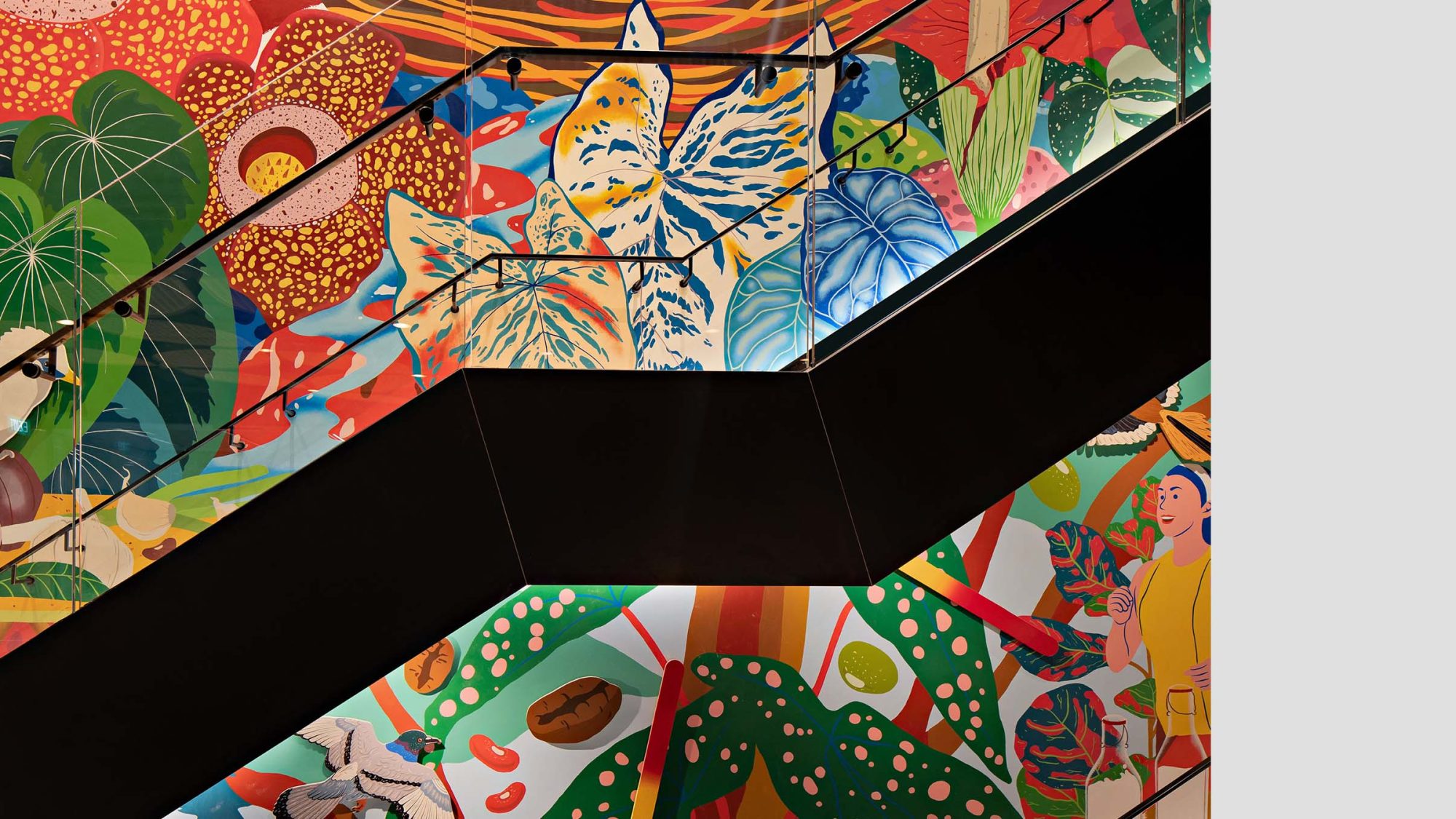
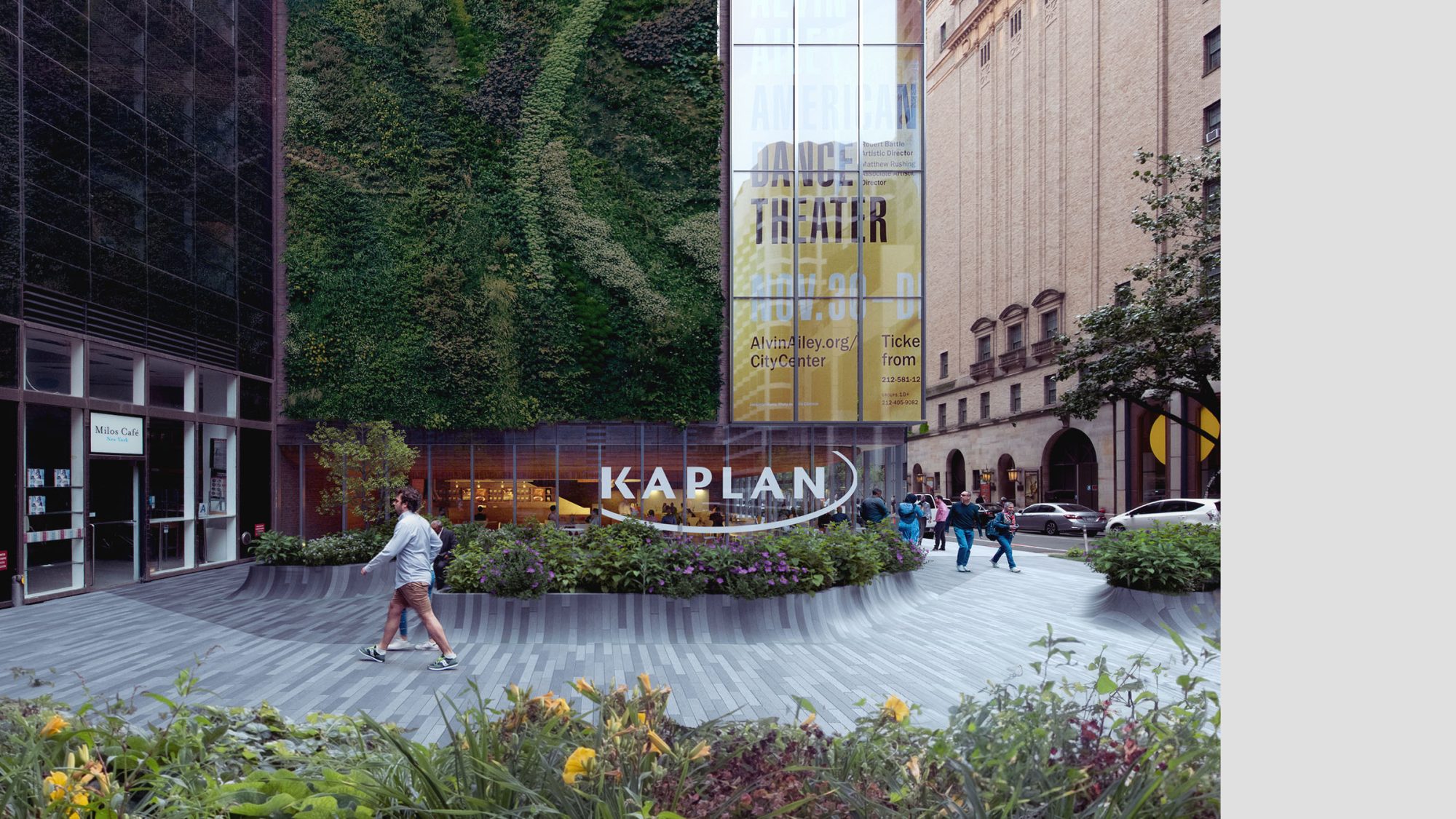
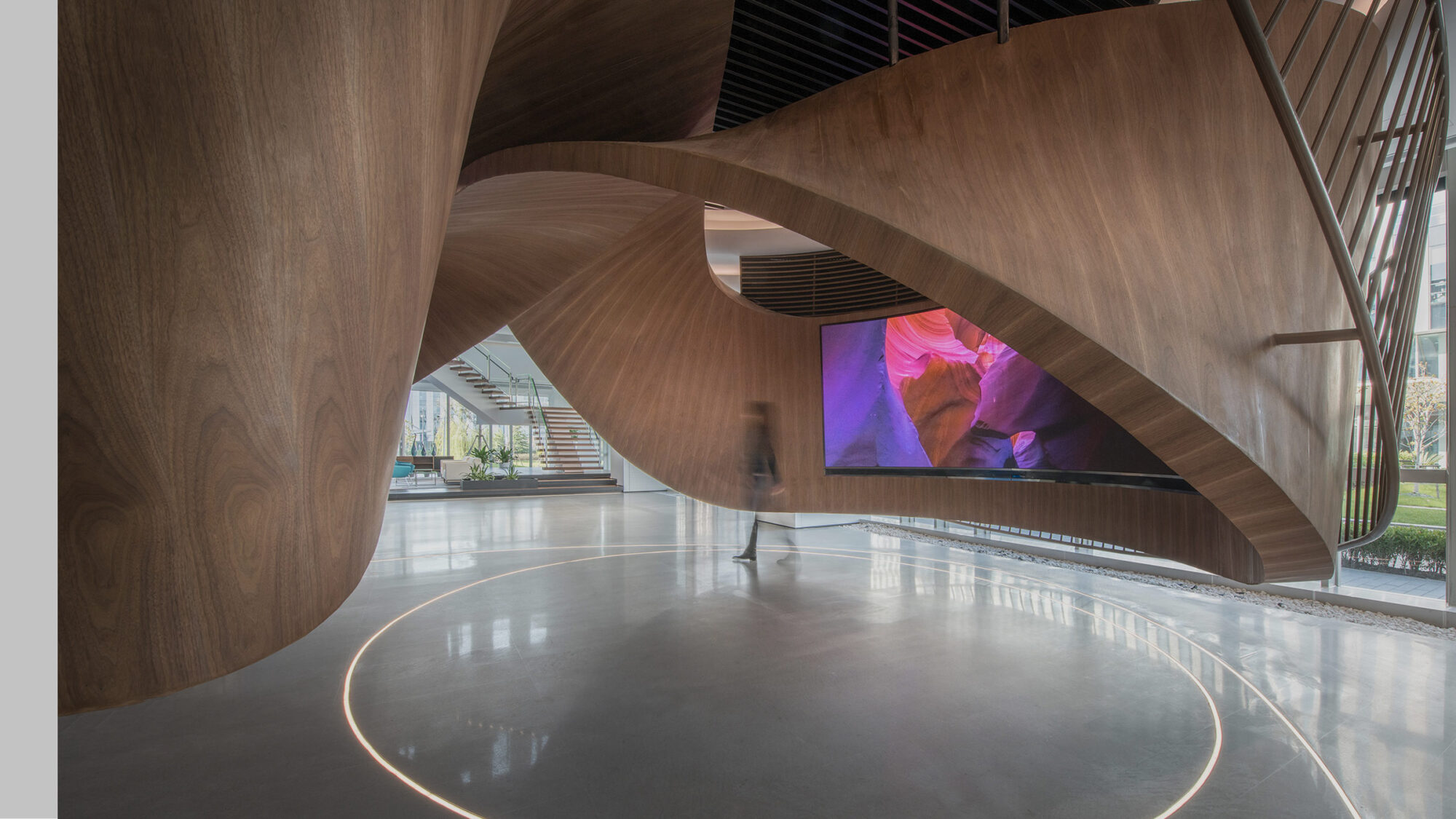
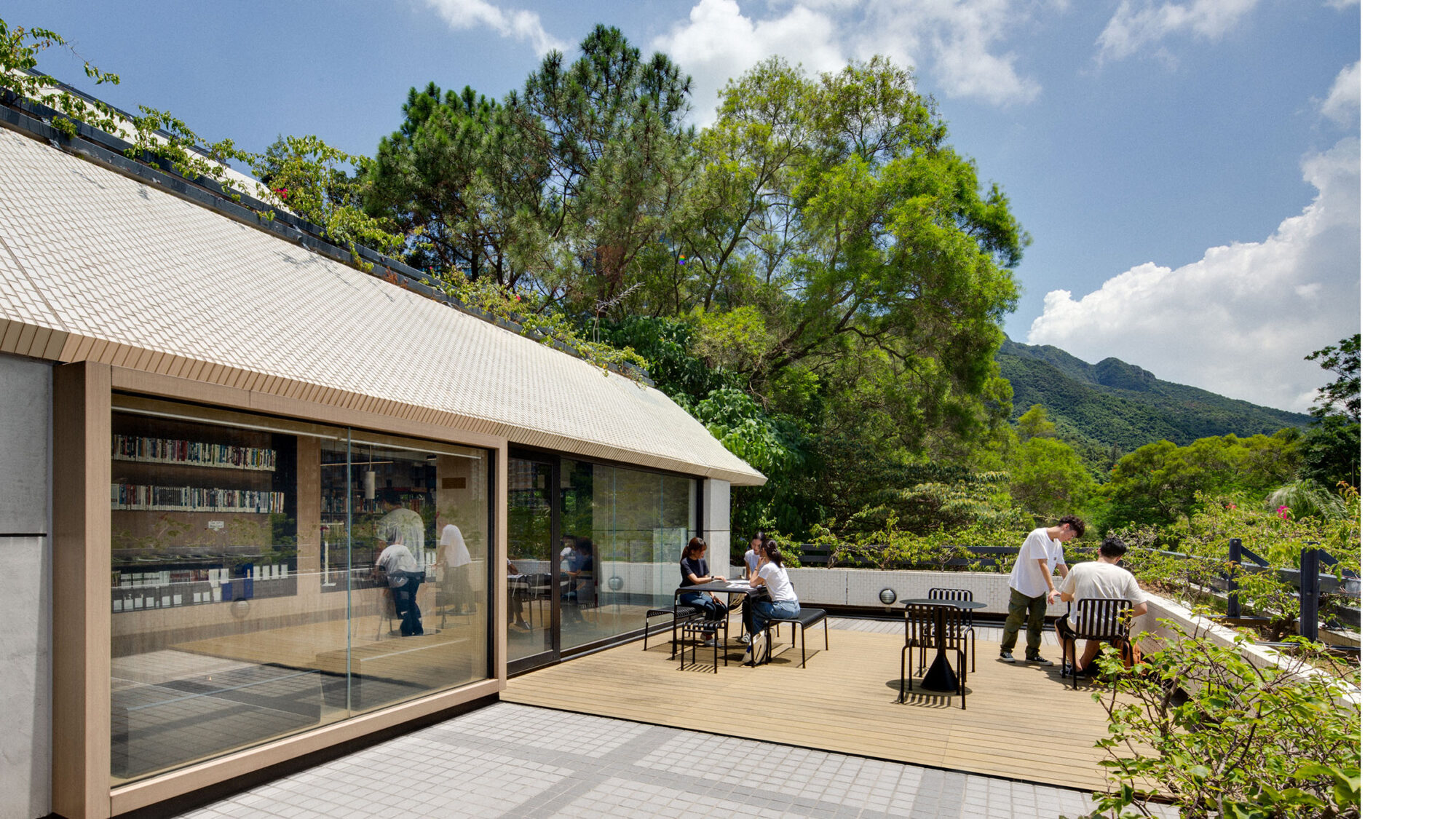
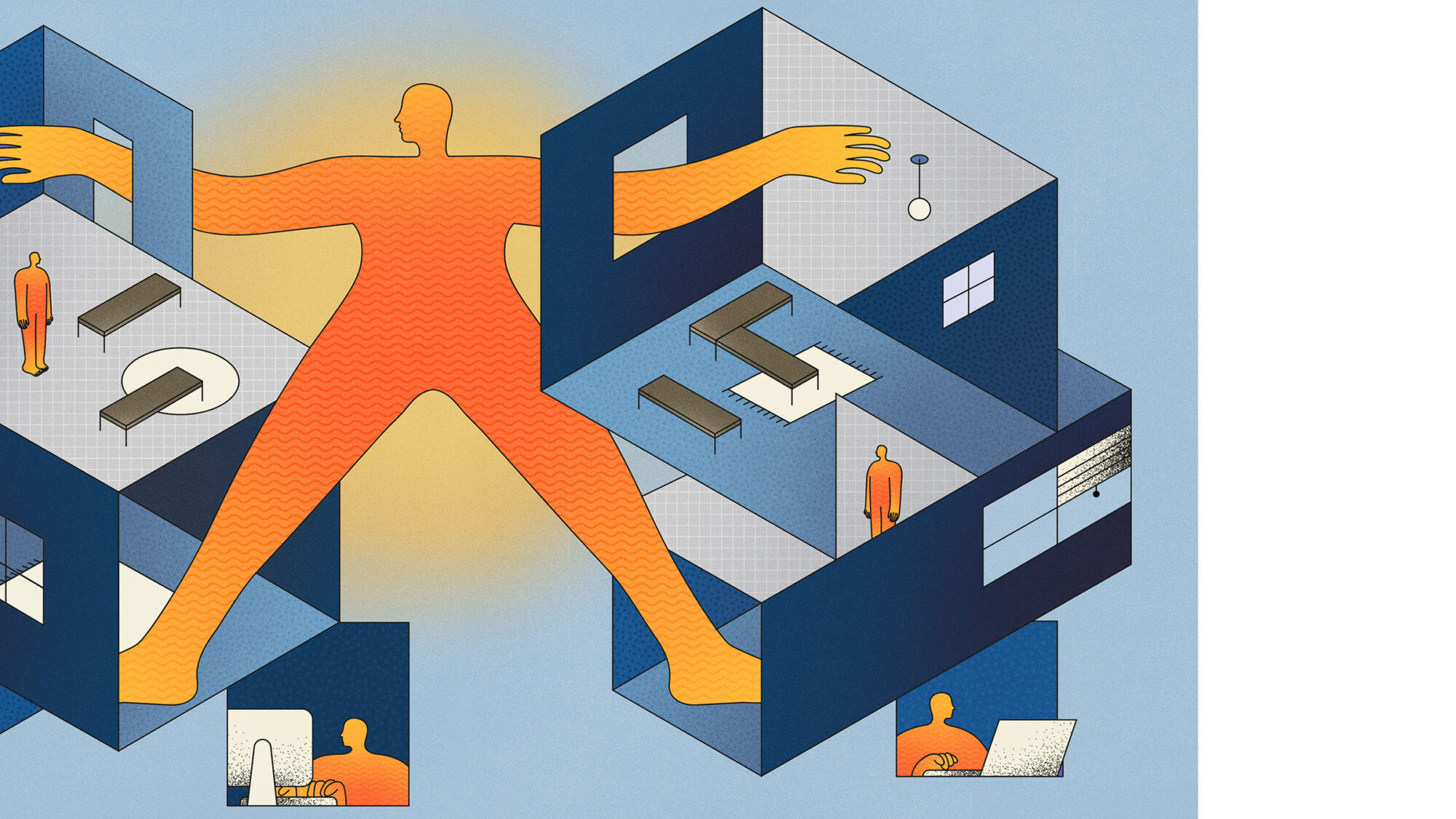
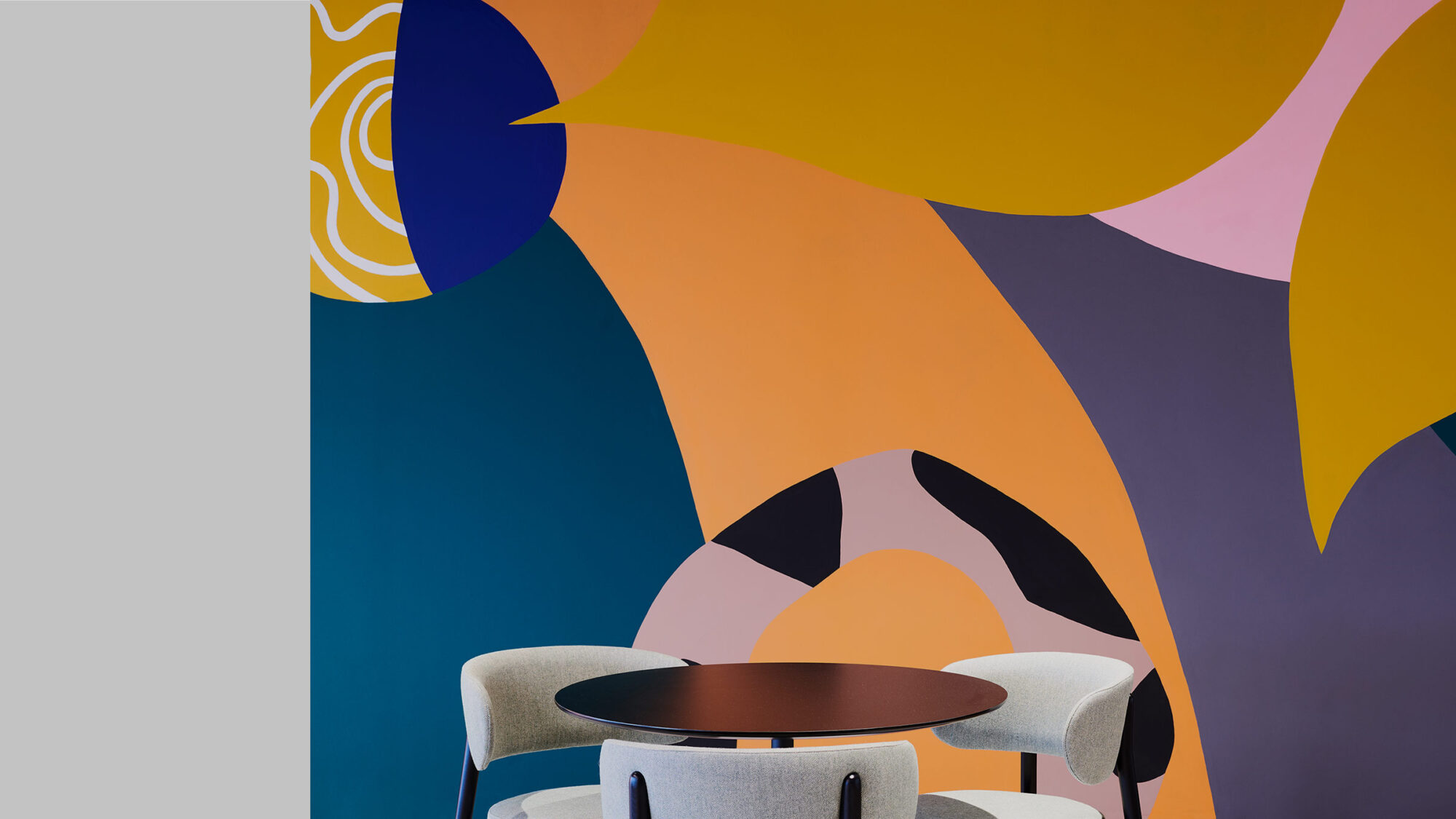
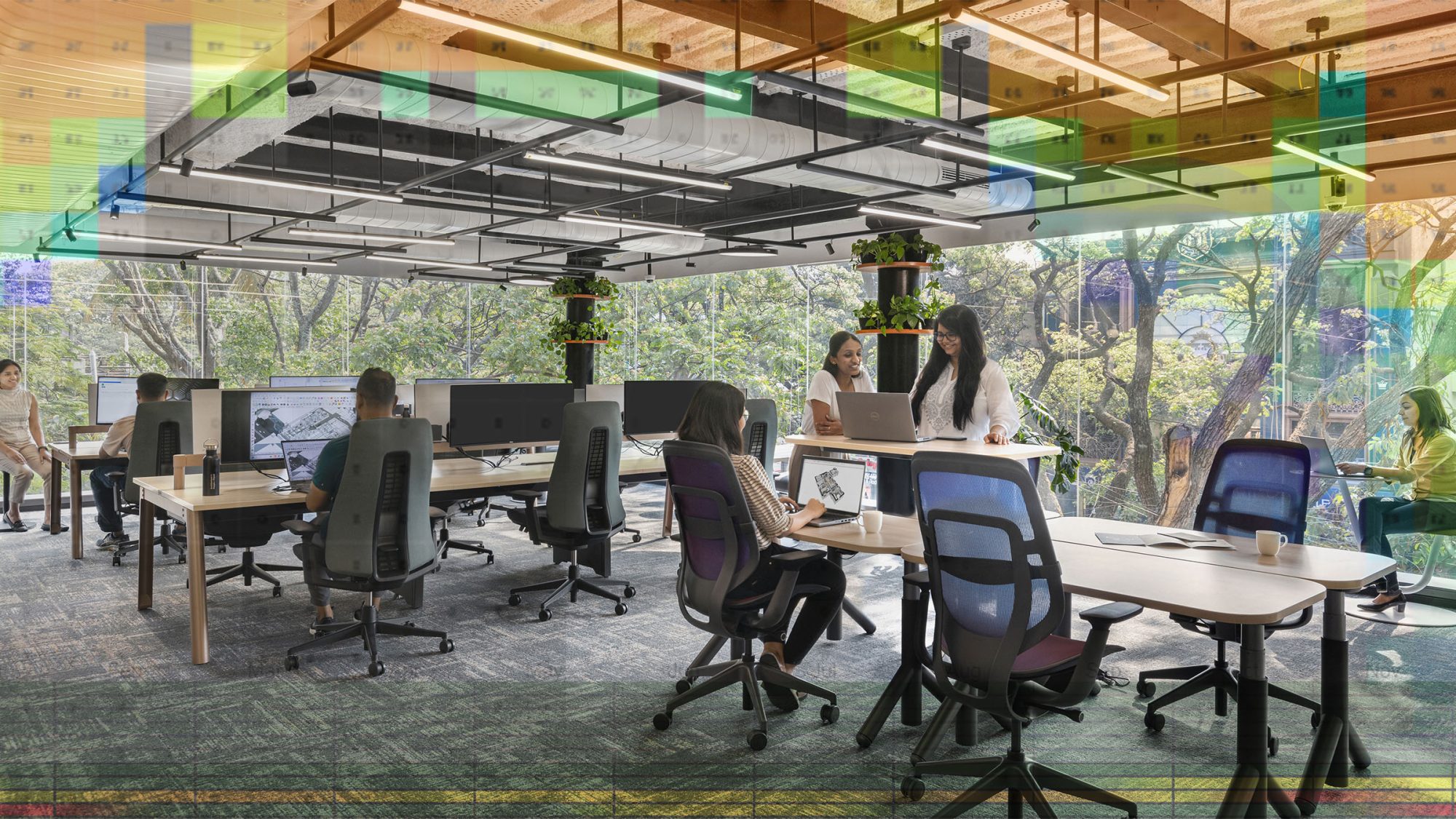
Architecture and design shape the way we live — enabling creation, connection and care through the spaces we inhabit. In this article series, we uncover the ‘Essentials’ — impactful, human-centric design strategies that inspire people while respecting the planet. Elements that elevate everyday experiences while supporting broader business and sustainability goals. Each piece explores how our research, brought to life in recent projects, showcases the transformative power of design and reflects a commitment to creating spaces for people.
This article focuses on daylighting strategies and how natural light can enhance wellbeing and enrich user experience while contributing to building sustainable, high-performance environments.
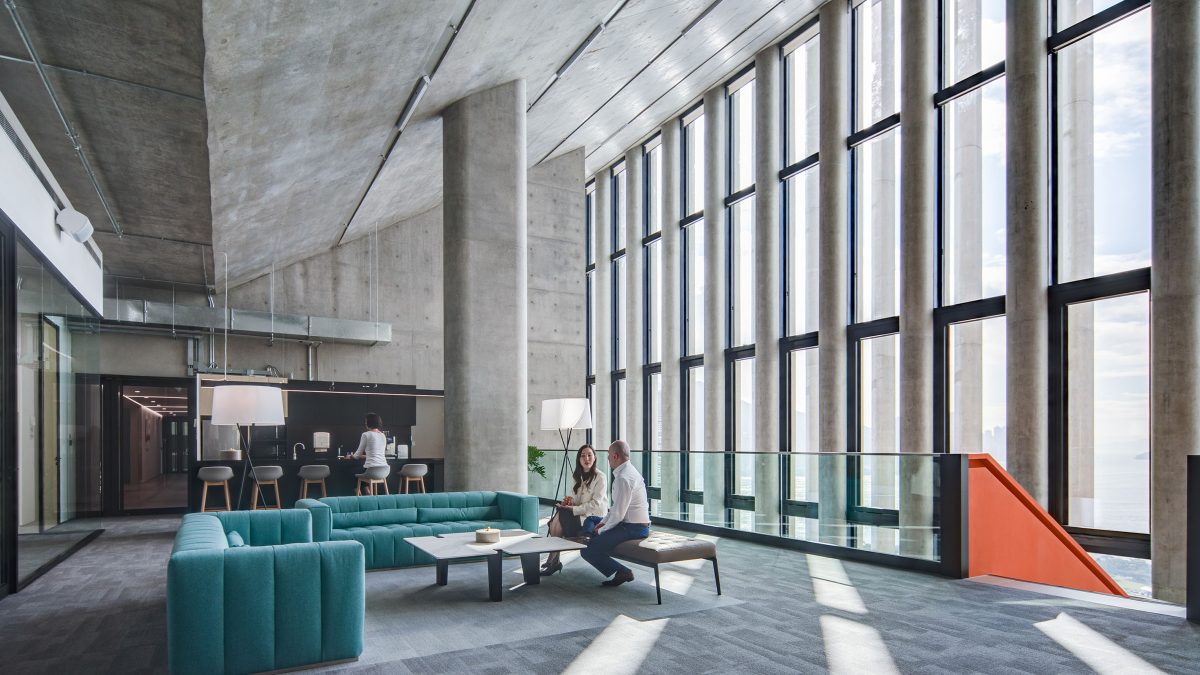 Harnessing natural light to interconnect purpose and space at PeakRe HQ, Hong Kong
Harnessing natural light to interconnect purpose and space at PeakRe HQ, Hong Kong Daylighting design and analysis is the strategic use of natural light to illuminate interior space, reduce the need for artificial lighting and lower energy consumption. Its goal is to create environments that maximise natural light through well-considered layouts, glazing, reflective material specification and more.
Daylight is intangible and profoundly experiential. Its clear benefits, visible effects and measurable nature make it foundational in architecture. Beyond a design feature, daylight shapes how we feel, physically and mentally, through its interaction with space. Studies show that exposure to natural light can significantly improve mood, increase productivity and enhance overall health. It is the number one quality that employees ask for in their environments. At the same time, optimising it meaningfully offers opportunities to reduce energy and greenhouse gas emissions.
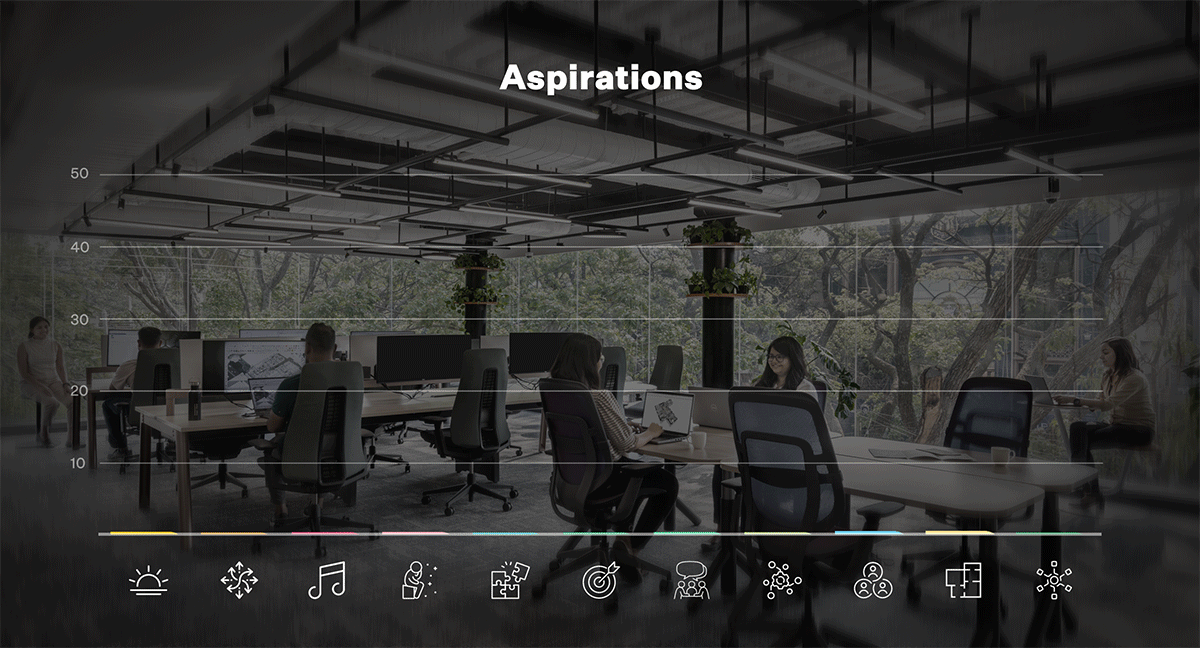 Daylight ranked as the top aspiration for their new office, as identified by employees in an anonymous survey
Daylight ranked as the top aspiration for their new office, as identified by employees in an anonymous survey The link between natural light, health and productivity is well established. Research highlights its wide-ranging benefits, demonstrating how it influences various aspects of physiology and behaviour. From mood enhancement to improved cognitive function, exposure to natural light plays a critical role in supporting our wellbeing.
Here are some key areas where it can have most impact:
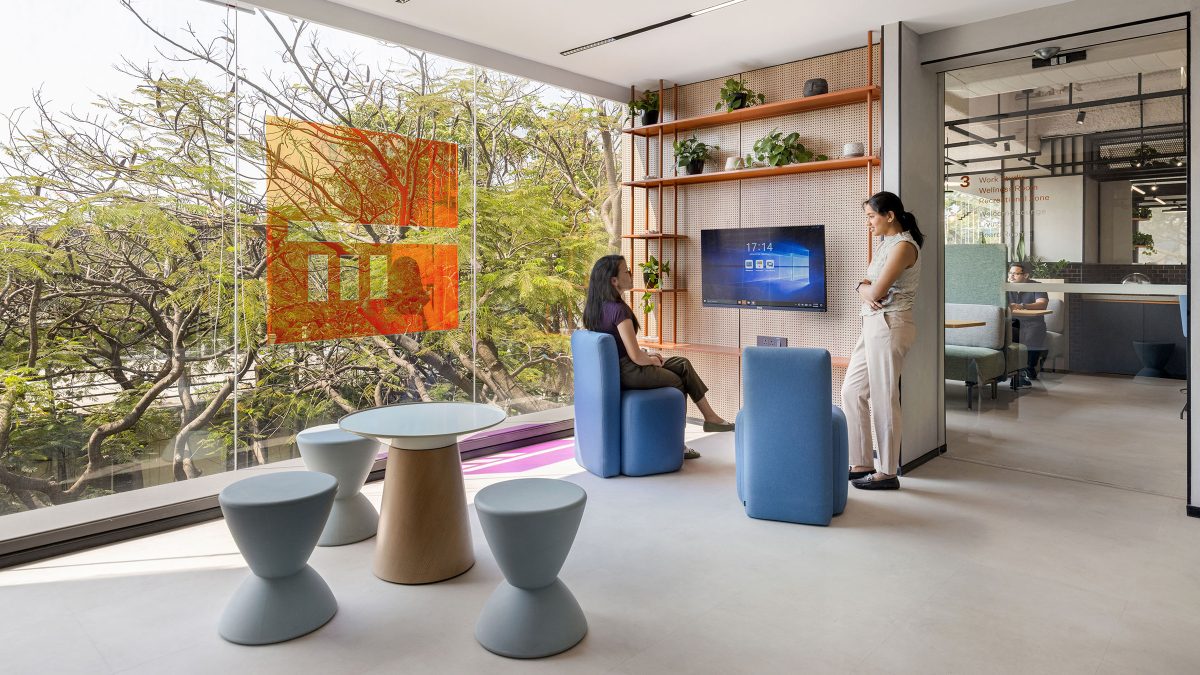
Daylight is an intentional, abundant and essential element of every space.
Dr. Christine Bruckner, FAIA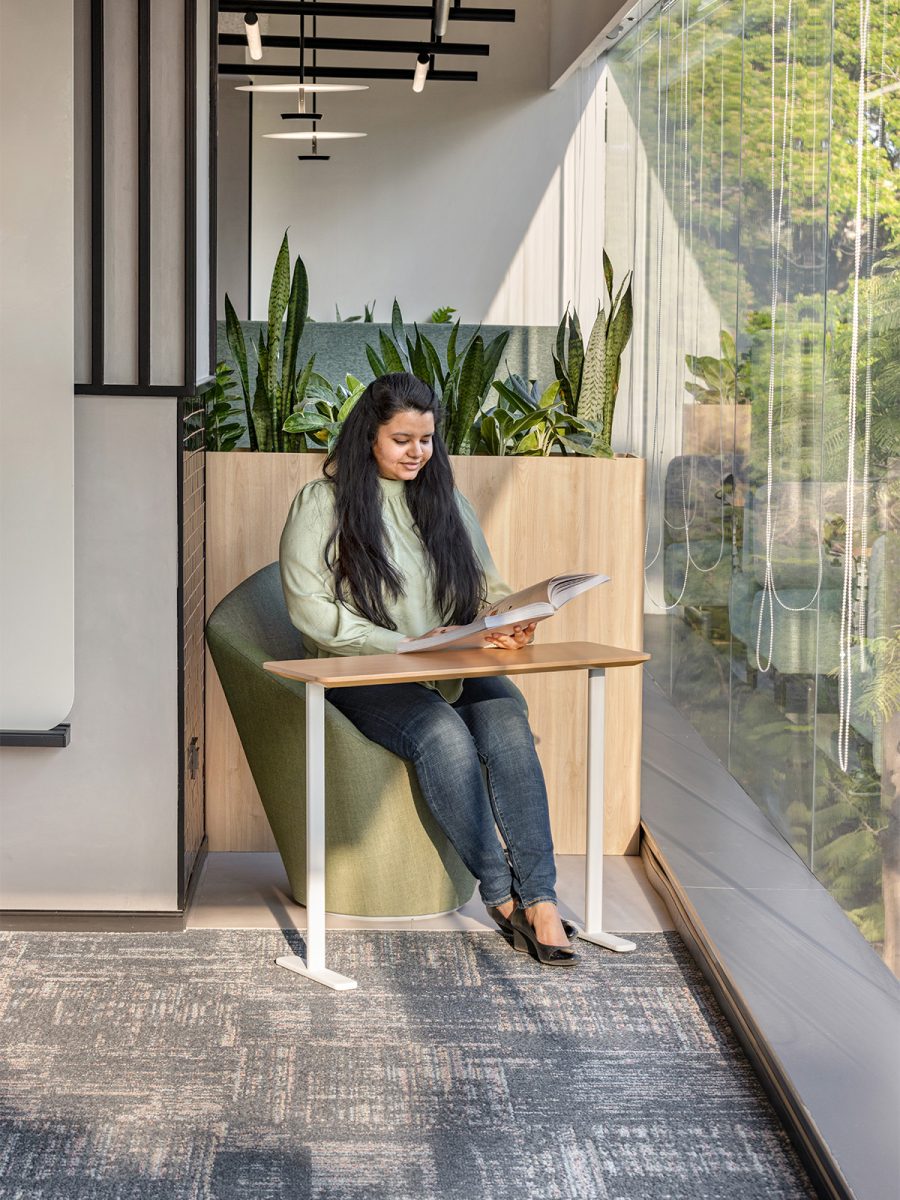
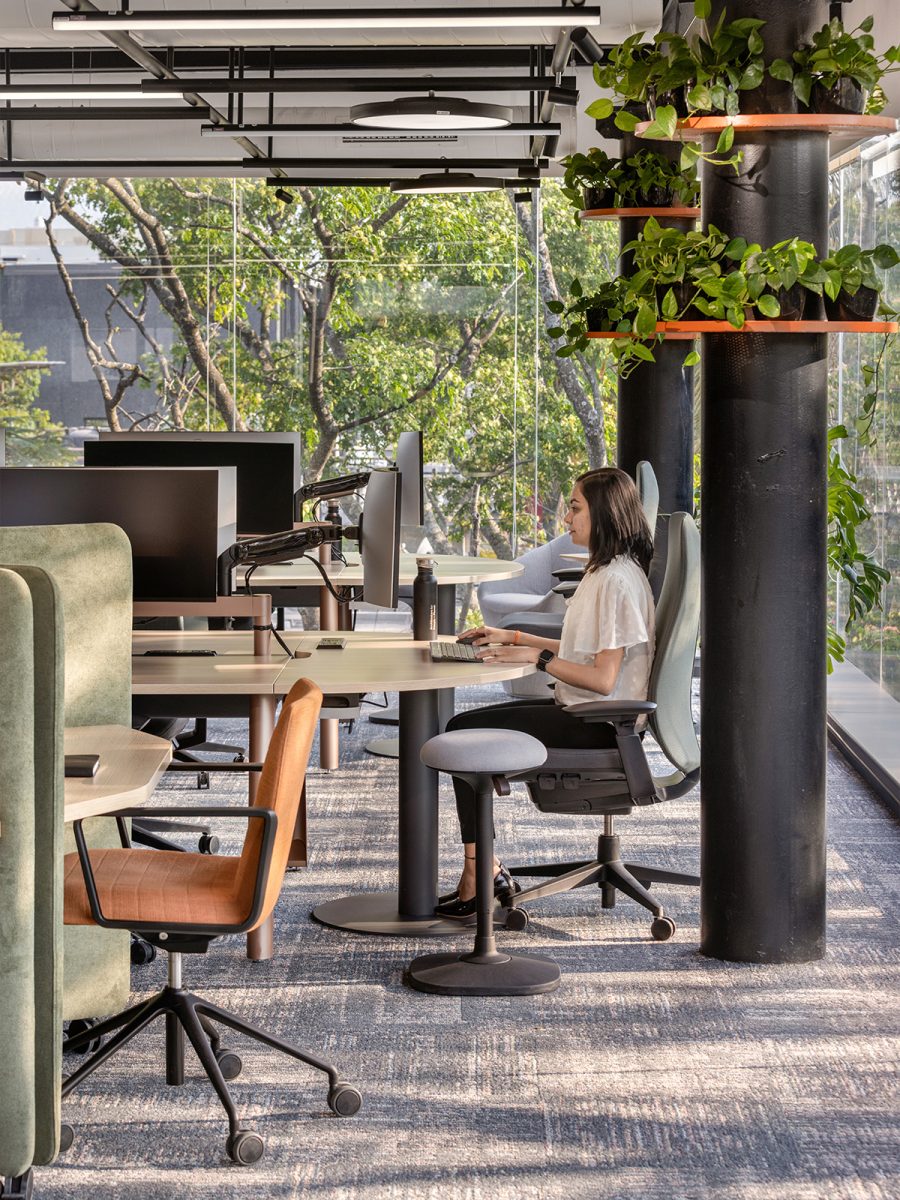
To make the most of natural daylight in architecture and design, it’s critical to consider its measurable and experiential qualities. This includes its influence on health, mood and cellular function. Understanding its impact on wellbeing, safety and how we perceive space means looking at it through a human and technical lens. We use Annual Sunlight Exposure (ASE) and Spatial Daylight Autonomy (sDA) metrics to quantify the amount of natural light a space receives.
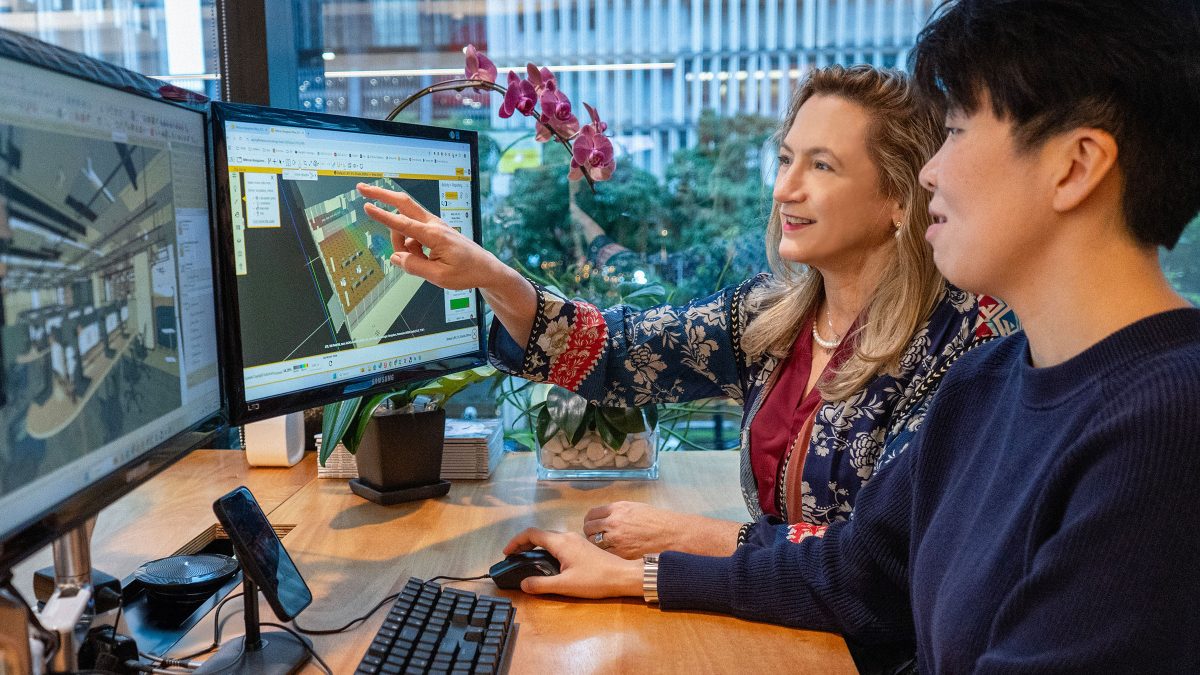 Our team conducting a research implementation and daylight study
Our team conducting a research implementation and daylight study For daylighting in office buildings, we also assess how design elements like material choices and spatial arrangement influence these metrics. By employing strategies such as using high Light Reflection Value (LRV) materials and maximising natural light access, we aim to transform spaces into nurturing and inspiring environments —approaches that are critical in enhancing occupants’ quality of life.
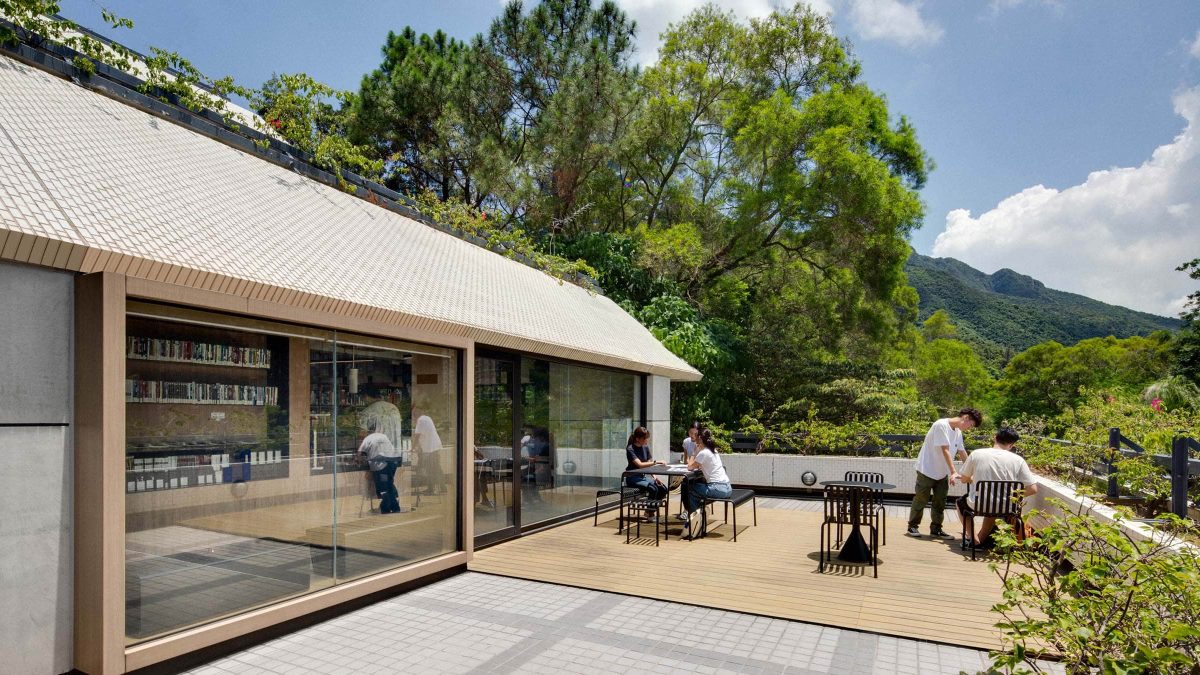 Daylight filters through the surrounding landscape, connecting indoor and outdoor spaces at
Li Po Chun United World College, Hong Kong
Daylight filters through the surrounding landscape, connecting indoor and outdoor spaces at
Li Po Chun United World College, Hong Kong Discover how we’ve applied daylighting design, strategy and analysis in our latest living lab projects in India.
To discuss tailored daylight optimisation solutions for your workplace, contact our integrated team of architects, workplace designers and engineers.
Director